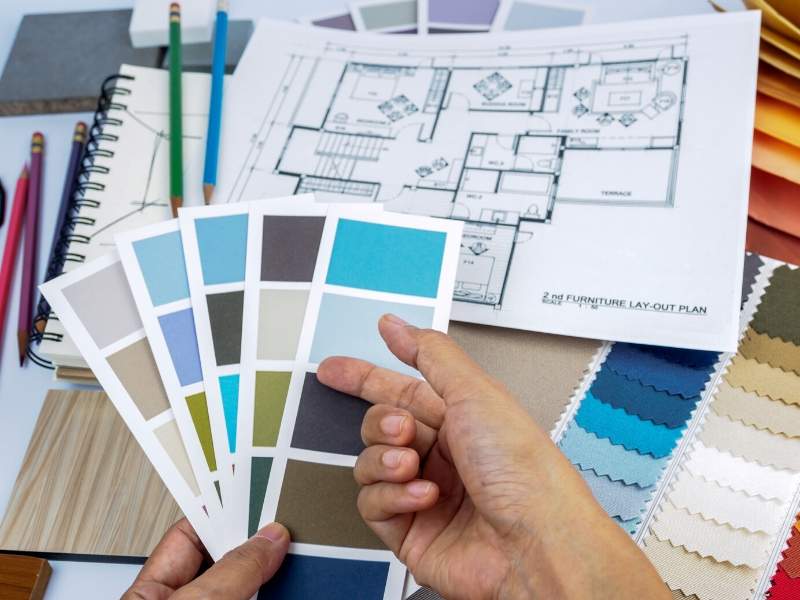
Improving your home can be quite exciting! Maybe fix, replace or freshen-up something! However, if you do not have the right advice or information, this can be very stressful for all involved. This article contains a number of tips to help you and your household make a success of that home improvement project.
Use a porch light with a motion sensor to cut down on your electric bill. You can turn the light on manually, and on many models, you can also adjust its sensitivity.
Avoid making expensive renovations based on personal tastes. Spending $1,000 a tile on your bathroom may seem like a good plan but the odds are if you eventually sell, you will not recoup that money. If the change is not something that can be appreciated by someone other than you, consider doing something different.
Punch holes in the paint can rim with a nail. The can’s lid channel generally accumulates paint, and when you go to put the lid back on, paint spills over the side. By making holes around the top of your paint can you can avoid this issue.
Ceramic tile tends to dull after a while. Mix some water and vinegar to make a solution that will work for many floors. Pick up a bucket, put the mixture inside, and carefully mop up your flooring. The vinegar will cut through the grime easily to help put a shine on your floor again.
Steer clear of any sort of furniture with very busy patterns. Doing so may lock you in to a certain style in your home. Purchase furniture in solid colors and dress them up with your accessories. Add pillows and throw blankets in a variety of patterns and colors for an interesting mix and match effect.
Soak your hands in salad oil after completing an oil painting job. The oil will help release the paint from where it has splattered on your hands. Salad oil smells better and is a lot safer than the typical cleanup choices of mineral spirits or kerosene.
During your next home improvement project, make sure to cover any exposed surfaces. For example, cover the floor with a tarp if you are painting or protect your counter tops if you are demolishing cabinets. If you fail to take the time to do this step, you may wind up spending a lot of money fixing scratched or damaged items.
When planning for landscaping upgrades, consider native plants in your yard plan. They’re generally more hardy and require less water than non-natives. Your plant choices will vary depending on your area, but your county agricultural extension will be able to help you with planning. Also check to see if a local university has a program to help homeowners with native landscaping.
So, home improvement has the potential to be a fun and exciting project! However, the process can be very difficult and stressful if you do not have the right advice and information. Use the tips found in this article to improve your home with ease!